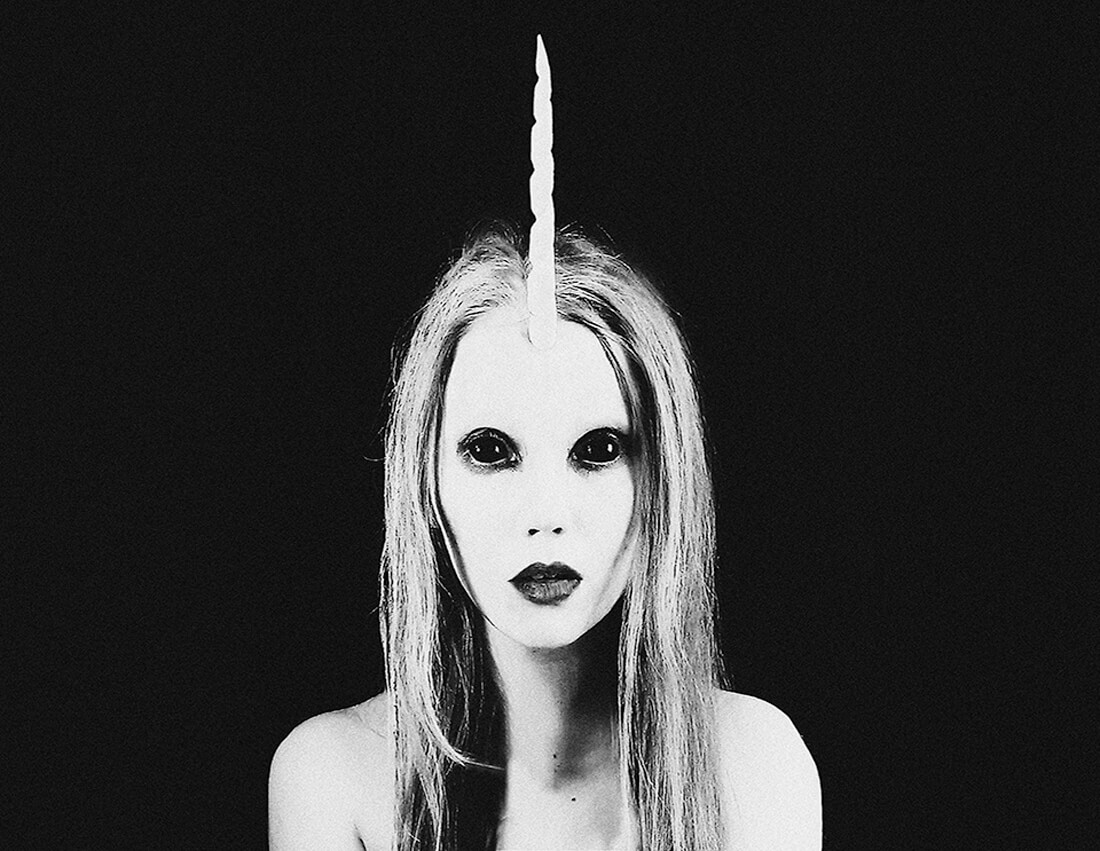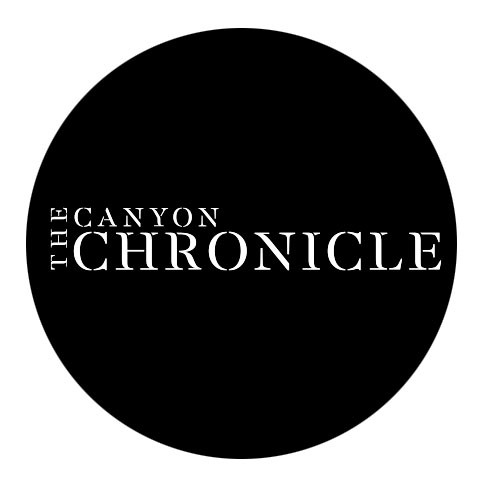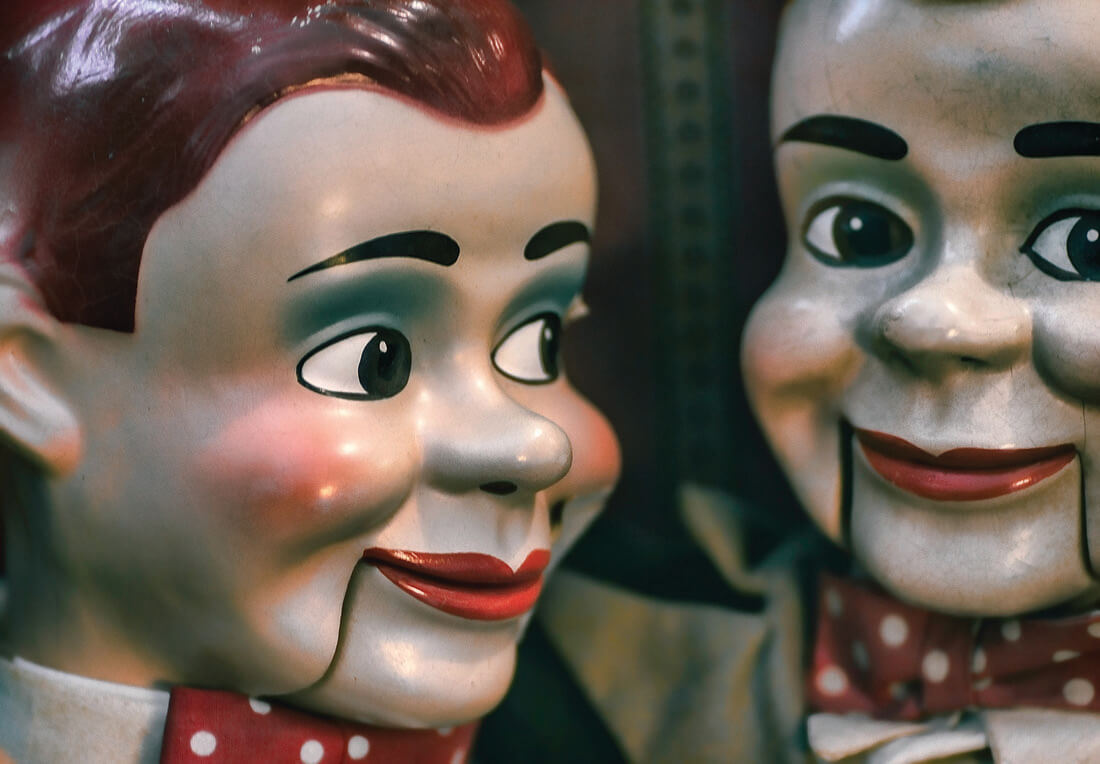The Stone House, Part Two: ‘Mail Carrier Jack Wood’ | |
The Stone House, Part Two: ‘Mail Carrier Jack Wood’Horace Waller (b.1881) married schoolteacher Maud E. Wood (b.1881) in July 1905. That same month, they bought the Mazet ranch and stone house with her brother’s family, John L. “Jack” (1872-1946) and Madge E. Wood (b.1875).
The 1910 Census calls Horace Waller an electrician, which is interesting because Topanga didn’t have electricity until 1928.
Jack Wood was a bookkeeper, but his staid profession may have masked a secret Superman. In 1897, a Long Beach man with his name boasted that no one could arrest him for stealing a team of horses, then proved his invincibility by breaking a pair of handcuffs.
“Wood is a wonderfully strong man, and he wrestled with the manacles all the way into town. Such was his strength that when he was placed in the jail it was found that he had almost twisted the heavy steel rings apart and had so bent them as to render them useless.”
(“A Lively Tussle,” The Evening Express, 1897-09-04)
Certainly, Jack’s strength could match the rugged Topanga life.
The Woods and Wallers lived together at their newly named Escondido (“Hidden” in Spanish) Ranch, maintaining the vineyard and an apple orchard until 1908 when the Woods took over the property.
Jack became well-known as Topanga’s second mail carrier in 1910, replacing Joe Robison, who had worked for the Topanga Post Office since it opened in 1908. With room on his horse-drawn wagon for nine, Jack also carried passengers to supplement his income. The steep roads were a challenge, and at times he had to use a “heavy iron drag with hooks on it to prevent the stage from riding the hocks of the horses.”
Weekly dances were a tradition in the Canyon. In 1910, Jack and Madge hosted one that was remembered for its bold fashion statement.
“Whether ‘swallowtails’ shall supercede outing shirts is the burning question that is dividing the summer residents of Topanga canyon into opposing factions of growing dimensions....
“Guests from the vicinity of ‘Boot Rock,’ a former rendezvous of Vasquez, the notorious highwayman and bandit, journeyed by moonlight to participate in the function. So likewise did others from the ‘Y-U’ bend and from ‘Four Oaks,’ which is the joint property of Col. T. J. Cochrane, governor of the Soldiers’ Home; Surgeon McNary, official physician of the institution; Thomas H. James, city engineer of Santa Monica; and Dr. H. E. Hasse, a retired man of medicine.
“To the amazement of many, and the awe of a few, Mr. [Templer] Allen, who is a former British officer, appeared costumed in a regulation ‘swallowtail’ evening suit. According to one of those present, the sight almost created a panic. Certain it is that many of the ranchers and campers felt a deal of embarrassment at the contrast presented by their own modest apparel. At the close of the evening the epoch-marking event became the subject of liberal discussion. A number of the guests announced their intention of abandoning the weekly soirees completely. Others declared their independence of convention, and stoutly asserted their rights to dance in whatever clothing they pleased.
“Meanwhile, Templer Allen, cool and collected amid the tempest he had unwittingly created, suavely remarked to his nearest friends that the time had come to put a little more tone into the weekly social gatherings, to which many nods of approval gave endorsement.”
(“Society and Woman’s World,” The Daily Outlook, 1910-08-29) View of Old Topanga Canyon looking towards Saddle Peak, 1922. Photos were donated by Doris Fredendall. |
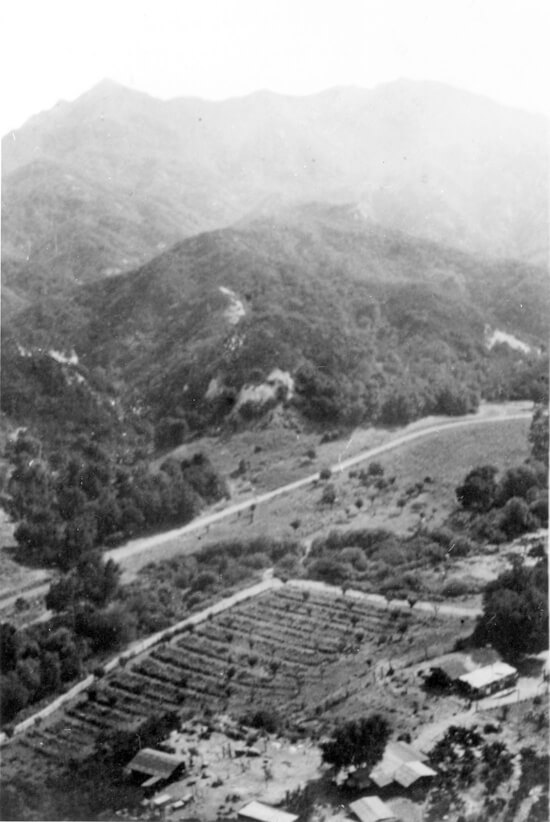 A white awning is attached to the back of the stone house, at right. Old Topanga Canyon Road passes by the apple orchard that replaced Mazet’s vineyard. 1922 A mile away, just below the Old Canyon “Narrows,” a resort called Camp Topanga opened in 1909. Its Topanga Tavern, “built over the creek and enclos[ing] the lower trunk of a huge sycamore,” was an important social hub. In August 1911, a costume party there invited guests to dress up as if they were living in “Hard Times.” Madge won first prize for wearing “a wonderfully fashioned creation of red and white, with a crownless straw hat, loaded with faded flowers and feathers.”
Hard times came for real in November 1911, when Santa Ana winds stirred up at least six fires. One fire blew in from Calabasas. “The wind was with this blaze and it rushed between the narrow walls with the speed of a race horse, licking up everything before it,” wrote a Los Angeles Times reporter, who seemed to be referencing the Emily Dickinson poem that begins:
“I like to see it lap the Miles—
And lick the Valleys up—”
The Wood ranch was in the most devastated area, where five houses and several small summer camps burned. Luckily, Jack and others managed to save his ranch and halt the fire’s progress.
By the end of the month, so much of the Canyon had burned that nobody believed a group of boys who burst into the Topanga Tavern, shouting that another fire was coming from the beach. “The people there laughed at our story,” said 14-year-old Fred A. Eddy. Forced to overcome their exhaustion, Topangans returned to firefighting, and once again saved the Tavern and the Wood ranch. The next day, Jack took an eerie drive through Lower Topanga.
“At times he ran quite near to lazy fires that continued to gnaw at the green timber. Everywhere the road was filled with rocks, limbs and boulders.... Here and there he would have to get out of the wagon to lift a blinded rabbit out of the path of the wheels.”
(“Topango Fires Smolder but Danger Has Passed,”
Los Angeles Times, 1911-11-28)
Two years later, in 1913, Jack and others fought a 70-acre fire in Old Canyon, but this time the drama wasn’t in the damage.
“Motion pictures actors [of the Inceville movie studio] in Santa Ynez made the most of a brush fire.... [The next day] a huge company of Indians and opera bouffe cowboys descended on the scene of the fire about four miles from the ocean and went through the scenes of a stirring ‘mellerdrammer’ near the smoking stumps and brush, which will later be flashed on screens all over the country.”
(“Blackened Stumps,” Los Angeles Times, 1913-08-28)
In 1914, Jack passed his mail carrier job on to 18-year-old George Cheney (1895-1975), of the pioneering Cheney family. Construction on the new Topanga road, which would be finished in 1915, had probably hurt Jack’s side business of carrying passengers. George became the first Topanga mail carrier to use a car. He kept one on each side of the construction site so he could walk across.
By 1920, Jack, now a secretary, and Madge had moved in with her brother William Traeger (1880-1935), near downtown Los Angeles. In 1921, Traeger became Los Angeles’s Sheriff. In 1922, he was outed as a member of the Ku Klux Klan after the “Inglewood Raid,” but pretended ignorance of the Klan’s purpose. The scandal didn’t disqualify him and he continued to be Sheriff for 10 more years.
Jack would have returned to Topanga to attend the 1922 rodeo held in honor of Traeger near the beach, and the 1923 rodeo thrown by the Elks, to which he belonged. He also enjoyed deer hunting in Topanga with his Santa Monica friend Roy Silvernale.
In 1923, Jack and Madge moved to Huntington Park, where Jack helped found the “Rainbow Club” for hunting and fishing, and became the “Exalted Ruler” of the Huntington Park Elks.
“The Stone House,” Part Three” continues with the man who would have the biggest impact on Old Canyon, “John Bonnell and the Palmaymesa Family.”
Pablo Capra is the Archivist for the Topanga Historical Society and author of “Topanga Beach: A History” (2020). More at topangahistoricalsociety.org.  | 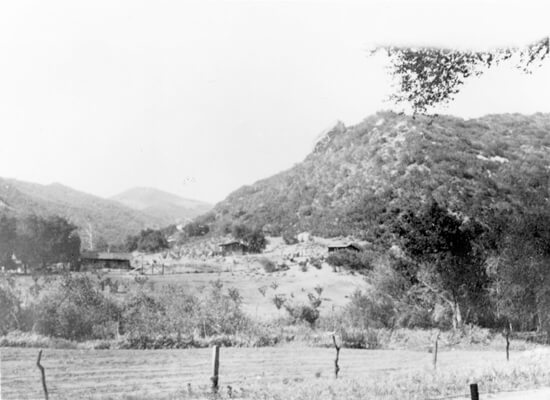 The stone house is on the left, as seen from Old Topanga Canyon Road. 1922. | 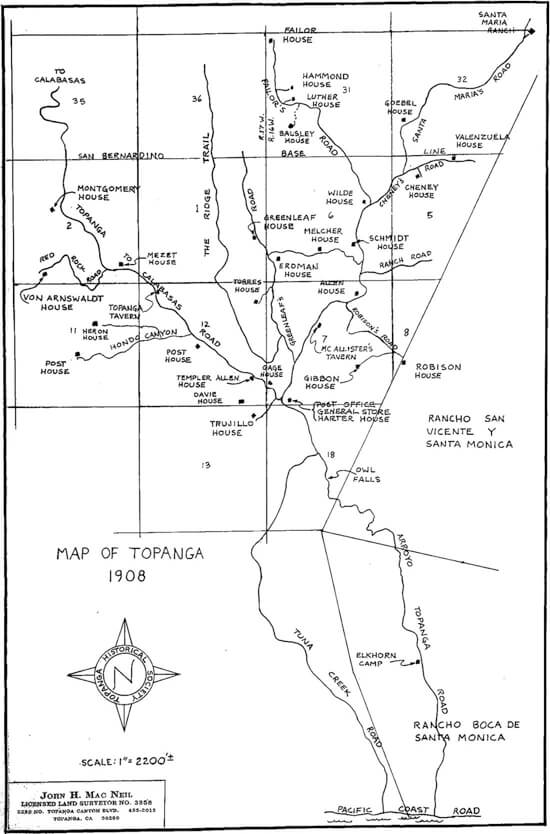 Map of Topanga Homesteads circa 1908 by John H. Mac Neil, c/oTopanga Historical Society. | | | | | | | | | | | | |
|
|
|
|
|








